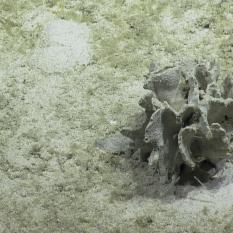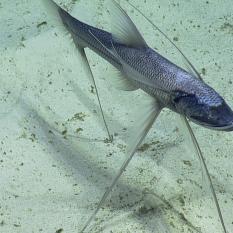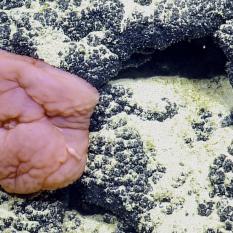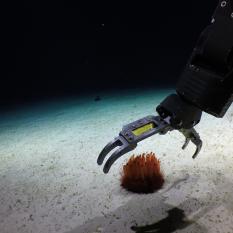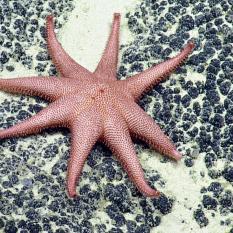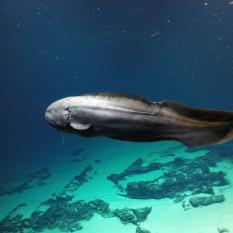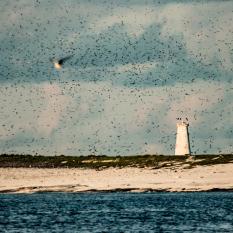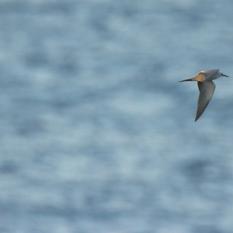Standout Biodiversity of the Pacific Remote Islands Marine National Monument
The islands and oceans within the Pacific Remote Islands Marine National Monument (PRIMNM) has a long history of human habitation, alteration, and in most recent years, tireless efforts of conservation. The U.S. Exclusive Economic Zone (EEZ) within this area includes more than 1.7 million square nautical miles of ocean, roughly equal to the total EEZ of the continental United States and Alaska. Established by United States Presidential proclamation in 2009, the monument protects the Pacific Ocean surrounding National Wildlife Refuges of seven low-lying islands and atolls: Baker, Howland, Jarvis, Johnston, Wake, Palmyra Atoll, and Kingman Reef. In the vast openness of the Central Pacific, the monument serves as a safe place for tropical biodiversity to live, grow, and reproduce. This includes many species of island-nesting seabirds, megafauna such as sharks, rays, and dolphins, reef-building shallow corals and deep, cold-water corals, inhabitants of seamounts and the abyssal plain such as sea cucumbers, worms, and urchins, and many other forms of life found close to the surface and on the deep volcanic features below. This expansive area that includes 165 known bio-diverse seamounts is vulnerable to ocean acidification and other impacts of climate change, making it imperative that we document species abundance and biodiversity to best understand how they will be impacted and what can be done to better protect these near-pristine tropical marine environments. The Corps of Exploration had the pleasure of completing seven ROV exploration dives in the areas of Kingman Reef, Palmyra Atoll, and Jarvis Island. Below are some of our favorite encounters!
Album created by Lead Science Communication Fellow Al Leszczynski & Science Communication Fellow Justin Richards

Kingman Reef, Palmyra Atoll, and Jarvis Island
Deep waters in the remote central Pacific remain some of the most poorly studied environments on Earth. This expedition will focus on exploring deep-water features in the vicinity of Kingman Reef, Palmyra Atoll, and Jarvis Island within the Pacific Remote Islands Marine National Monument. The waters of these remote Pacific territories are among the least explored U.S. holdings in the Pacific Ocean.



